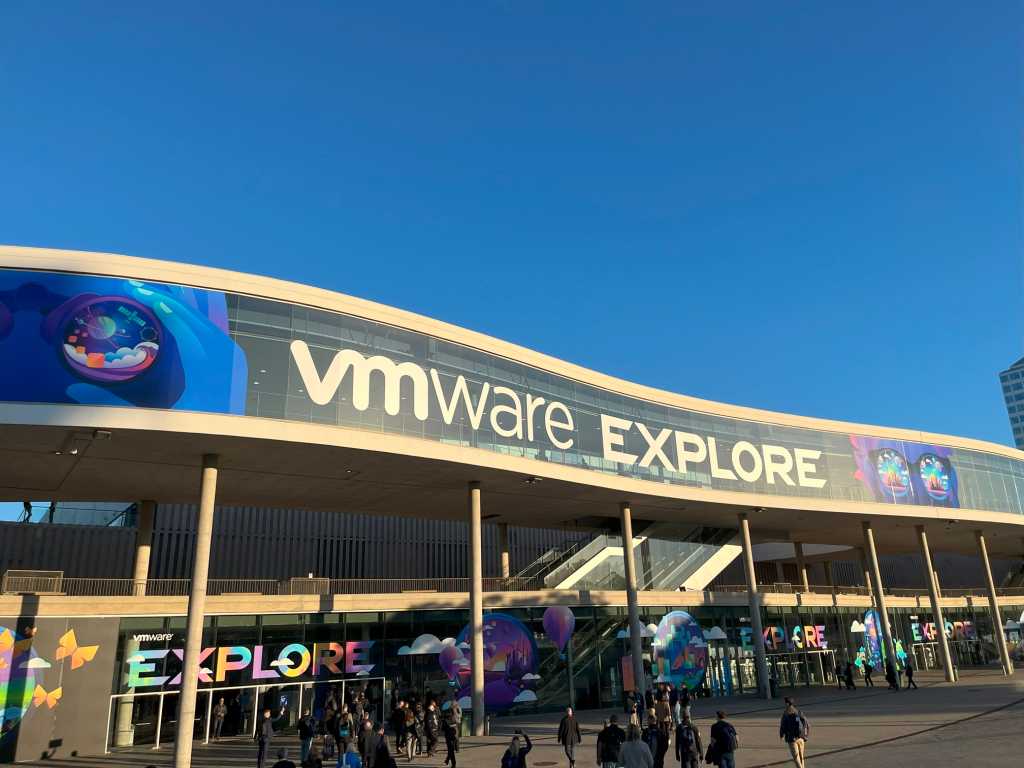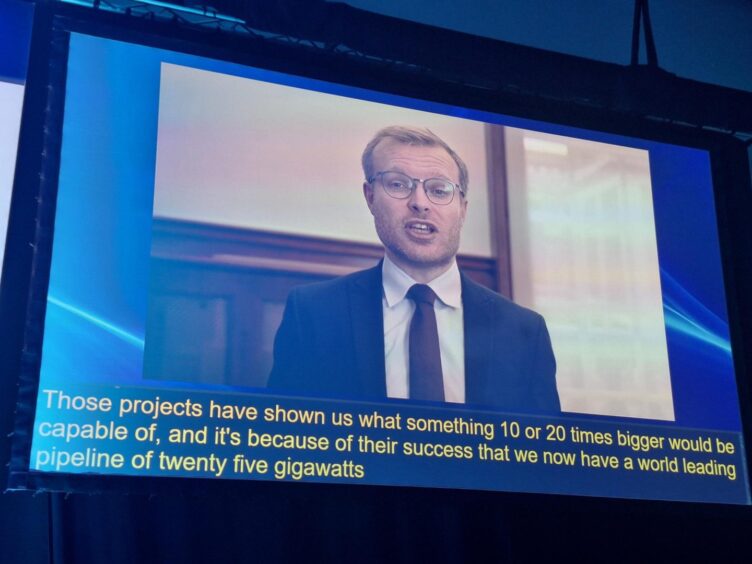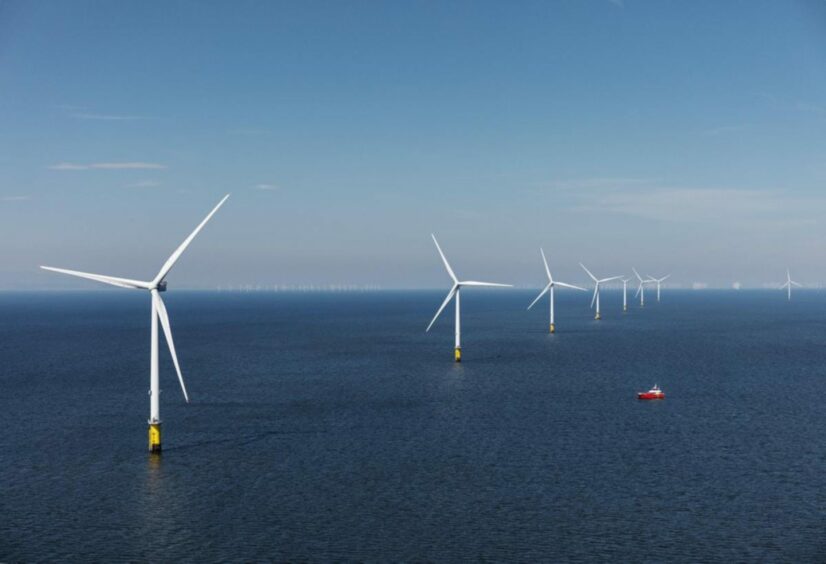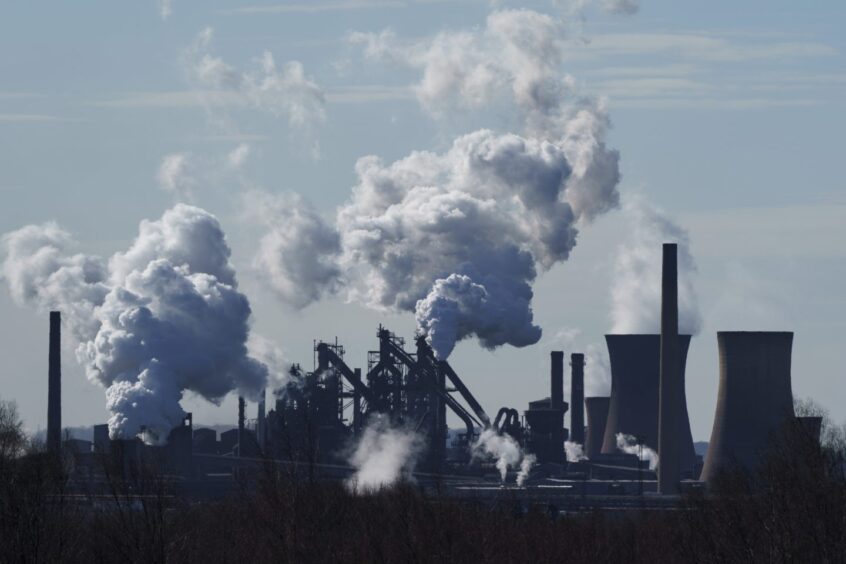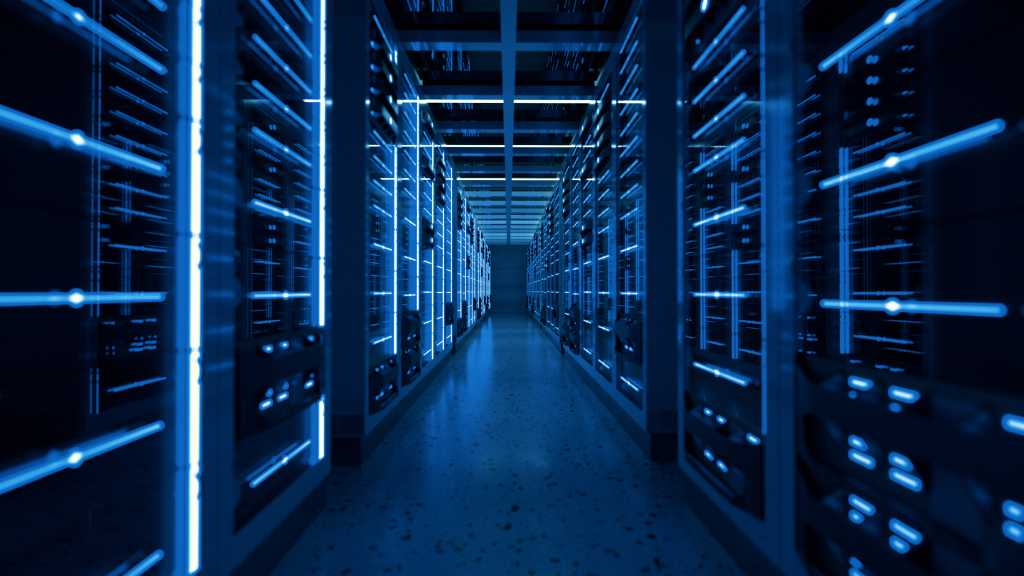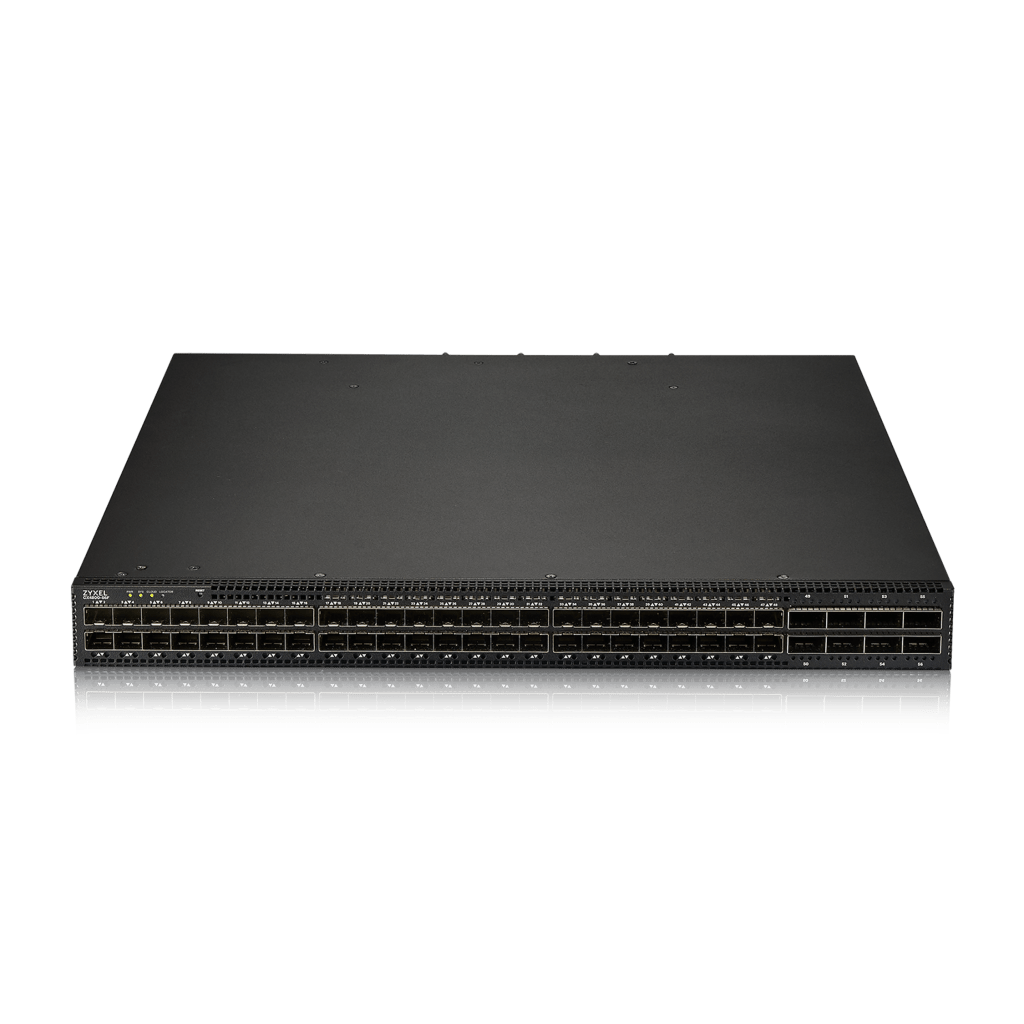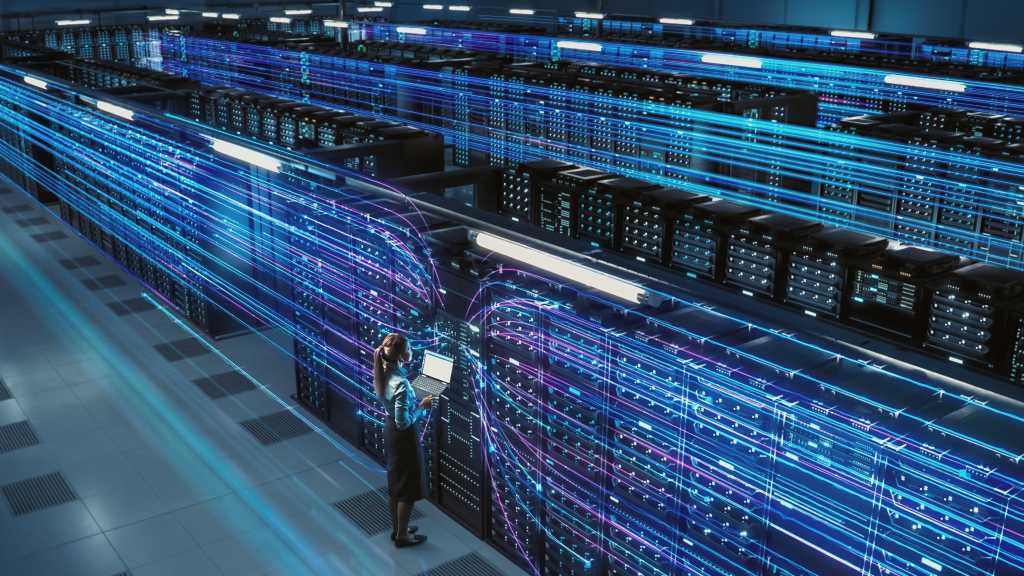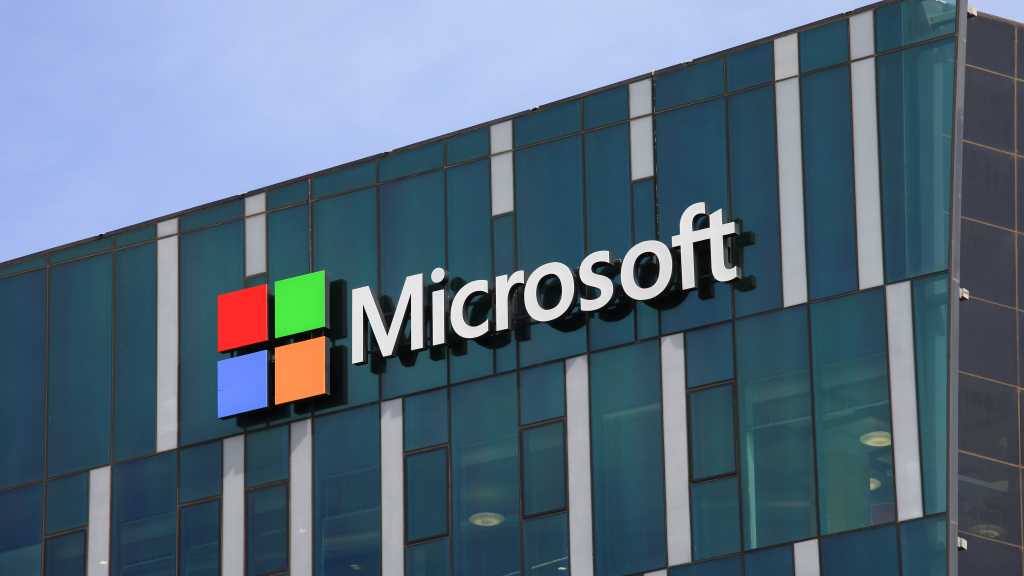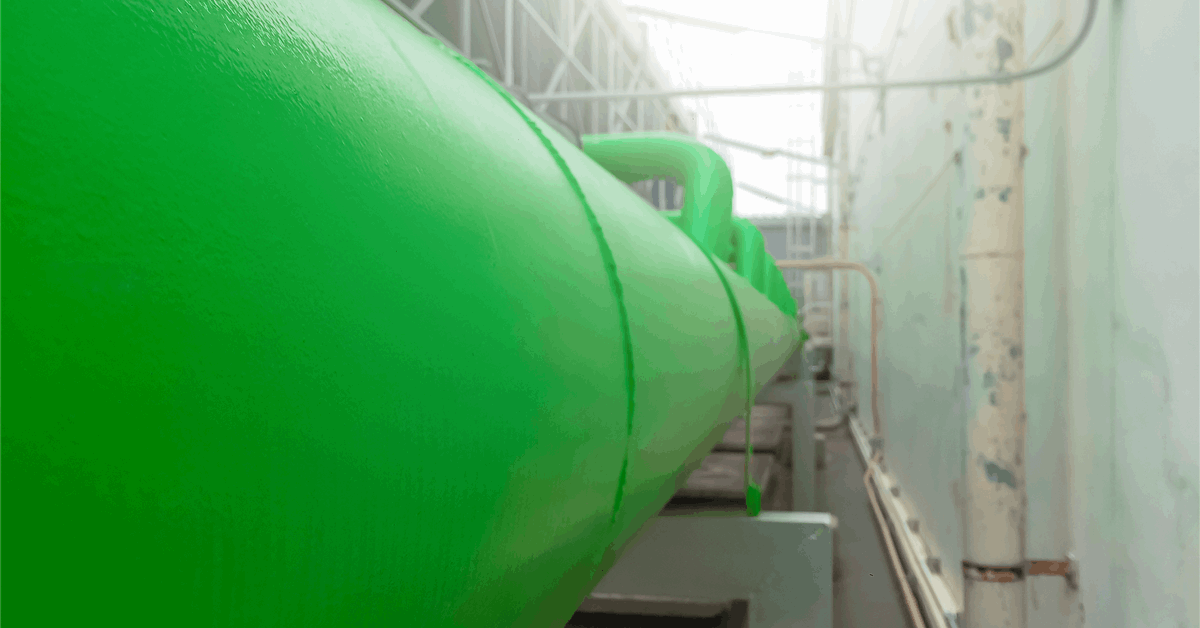
IREM SpA’s Res Integra SRL has partnered with Ohmium International Inc. to construct a 4-megawatt (MW) electrolyzer in an industrial area of Siracusa, which Res Integra said is one of the biggest petrochemical sites in Europe.
Newark, California-based electrolyzer developer Ohmium will supply a production system with a capacity of 700 metric tons a year. The PEM electrolyzer is planned to be shipped this year, Ohmium said in a press release.
The plant, which will use solar power, will support efforts to decarbonize Sicily’s industry and transport, Ohmium said.
“We sought advanced electrolyzer technology that was efficient, cost-effective, and quick to deliver”, commented Dario Niciforo, managing director of Res Integra. “We explored multiple options, but Ohmium’s hyper-modular, easily scalable solutions and expedient delivery timeline made the choice clear for us”.
Ohmium said, “The modular units feature integrated advanced power electronics enabling rapid dynamic ramping, essential for pairing with intermittent renewable energy”.
“Building on Ohmium’s success delivering similar projects in Central and Southern Europe, we knew we could meet Res Integra’s technical requirements, even on an accelerated timeline”, said Ohmium chief executive Arne Ballantine.
The project “leads us towards the construction of green energy plants in line with the objectives of the European economic community”, said IREM chief executive Giovanni Musso. IREM is a design, construction, supply and maintenance contractor in the oil, gas, power and chemical sectors.
The European Union aims to reach 10 million metric tons of hydrogen production capacity by 2030.
Recently the European Commission completed a second auction under the European Hydrogen Bank, a financing platform to scale up the renewable hydrogen value chain in the EU and partner countries.
The auction was oversubscribed by over four times with about 6.3 gigawatts (GW) of project proposals asking for over EUR 4.8 billion ($5.2 billion), the Commission said in a statement March 7.
“Over ten years, these projects would produce more than 7.3 million tonnes of renewable hydrogen”, the Commission said. “On a yearly basis, this would cover 7 percent of the EU’s REPowerEU ambition for domestic renewable hydrogen production in 2030”.
Successful bidders will receive a fixed premium per kilogram of renewable hydrogen produced over a period of up to 10 years. “The premium, for which project promoters bid in the auction, covers the gap between the cost of production and the price buyers are currently willing to pay for renewable hydrogen”, the Commission said.
To contact the author, email [email protected]
What do you think? We’d love to hear from you, join the conversation on the
Rigzone Energy Network.
The Rigzone Energy Network is a new social experience created for you and all energy professionals to Speak Up about our industry, share knowledge, connect with peers and industry insiders and engage in a professional community that will empower your career in energy.
MORE FROM THIS AUTHOR

